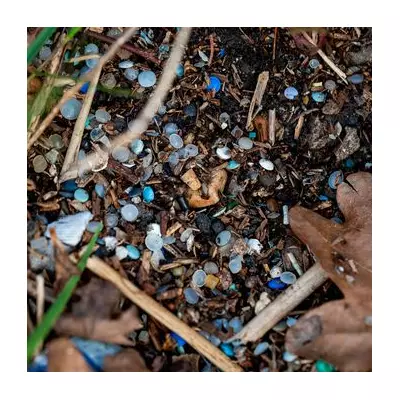
Melbourne is making history by embracing a traditional Aboriginal six-season calendar, a move that celebrates the deep-rooted cultural heritage of the Wurundjeri people. This innovative approach not only honours Indigenous knowledge but also fosters a greater connection to the natural environment.
A Timeless Tradition Revived
The new calendar, based on the ancient wisdom of the Wurundjeri people, divides the year into six distinct seasons rather than the conventional four. Each season reflects subtle changes in the landscape, wildlife, and weather patterns, offering a more nuanced understanding of the environment.
The Six Seasons of the Wurundjeri
- Biderap (Dry Season): Characterised by hot, dry weather and vibrant sunsets.
- Gwangal Moronn (Season of Honey): A time of flowering plants and abundant wildlife.
- Poorneet (Tadpole Season): Marked by the emergence of tadpoles and cooler temperatures.
- Buath Gurru (Egg Laying Season): When birds nest and the landscape rejuvenates.
- Kangaroo Apple Season: A period of fruiting plants and preparation for colder months.
- Waring (Wombat Season): The coldest time, with frosty mornings and dormant flora.
Bridging Cultures and Communities
This initiative is part of a broader effort to integrate Indigenous knowledge into modern urban life. By adopting the six-season calendar, Melbourne aims to educate residents and visitors about the Wurundjeri people's profound connection to the land.
Local schools and community groups are already incorporating the calendar into their programs, using it as a tool to teach environmental stewardship and cultural respect. The move has been widely praised as a step toward reconciliation and mutual understanding.
A Model for Other Cities
Melbourne's adoption of the Aboriginal six-season calendar sets a precedent for other cities to follow. Experts believe that such initiatives can play a crucial role in preserving Indigenous cultures and promoting sustainable living.
As the calendar gains traction, it is hoped that more people will develop a deeper appreciation for the land and its original custodians. This groundbreaking project is a testament to Melbourne's commitment to diversity, inclusion, and environmental consciousness.





